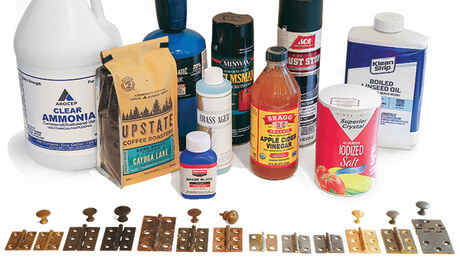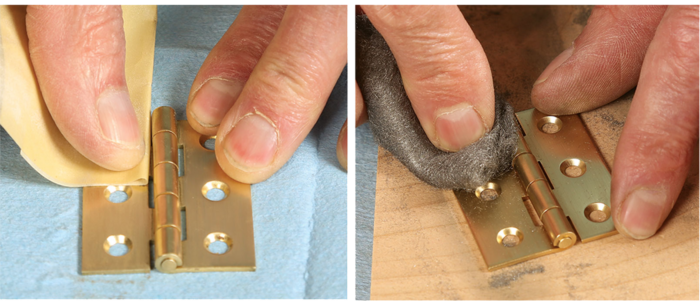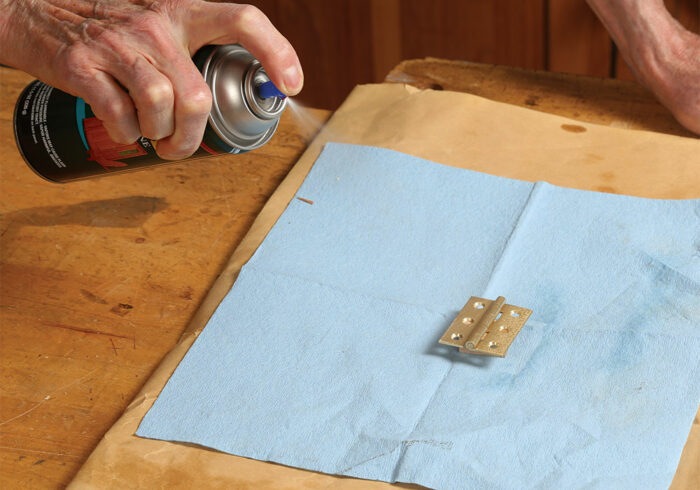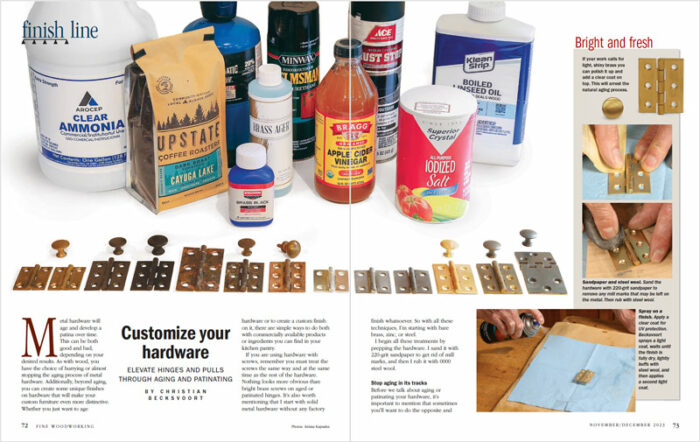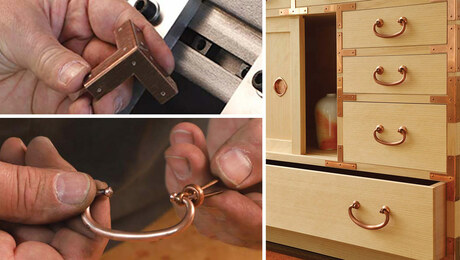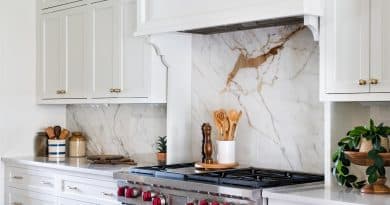How to customize your hardware
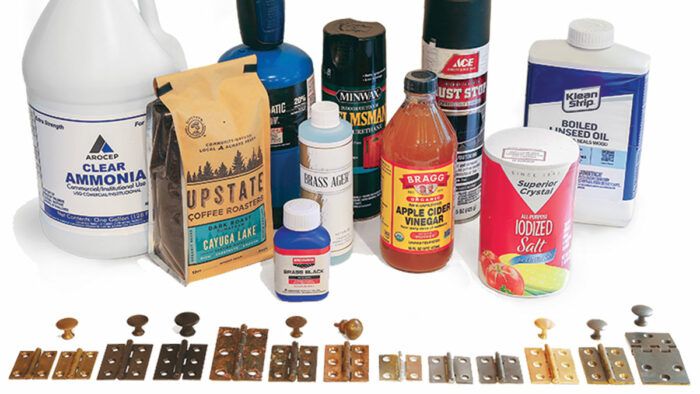
Synopsis: Just as you can with wood, you can make the hardware look older and more distinctive, create a custom finish, or make sure it never looks its age. There are simple ways to do all of these things using commercial products or even items you can find in your pantry; salt, apple cider vinegar, ammonia, and coffee grounds.
Metal hardware will age and develop a patina over time. This can be both good and bad, depending on your desired results. As with wood, you have the choice of hurrying or almost stopping the aging process of metal hardware.
Additionally, beyond aging, you can create some unique finishes on hardware that will make your custom furniture even more distinctive. Whether you just want to age hardware or create a custom finish on it, there are simple ways to do both with commercially available products or ingredients you can find in your kitchen pantry.
If you are using hardware with screws, remember you must treat the screws the same way and at the same time as the rest of the hardware. Nothing looks more obvious than bright brass screws on aged or patinated hinges. It’s also worth mentioning that I start with solid metal hardware without any factory finish whatsoever. So with all these techniques, I’m starting with bare brass, zinc, or steel.
I begin all these treatments by prepping the hardware. I sand it with 220-grit sandpaper to get rid of mill marks, and then I rub it with 0000 steel wool.
Stop aging in its tracks
Before we talk about aging or patinating your hardware, it’s important to mention that sometimes you’ll want to do the opposite and keep that shiny new metal looking youthful. To prevent oxidation, the usual method is to add a layer of protection on top. Paint or spray the metal with a sealer such as lacquer, or even polyurethane, something with a UV blocker. For outdoor exposure, the sealer will need to be renewed every few years.
Aging naturally
Brass, the most common hardware material, darkens naturally through use and oxidation. If you want your brass to age naturally, you don’t have to do much. Simply sand and clean the hardware, and then install it. From there let nature take its course. The brass will darken over time.
Unique, household-recipe finishes
I’ve used a few recipes to get some interesting finishes on my brass hardware. If you have ammonia, salt, apple cider vinegar, or coffee grounds, you can do the same.
Brass can be patinated with a solution of salt and apple cider vinegar. Mix about one part salt to three parts vinegar, add the hardware, and place it in a sealed glass or plastic container. Leave the hardware in the solution overnight. When you remove the metal it will be a swirl of green and copper. Brass is a combination of copper and zinc, and the apple cider vinegar brings out the copper.
A treatment of ammonia and salt produces a textured, rich, colorful pattern on brass. Make sure to use a container that seals well. Leave the hardware in the container for 24 to 48 hours. Once you extract it and it dries, add a clear coat to it.
Reuse your morning coffee grounds to create a mottled, darkened brass finish. Simply bury the hardware in the grounds and seal it in a plastic bag for three to four days. Take the hardware out, let it dry, and then add a clear coat.
—Contributing editor Christian Becksvoort makes furniture in New Gloucester, Maine.
Photos: Anissa Kapsales.
For more photos and details, click on the “View PDF” button below:
More from Christian Becksvoort
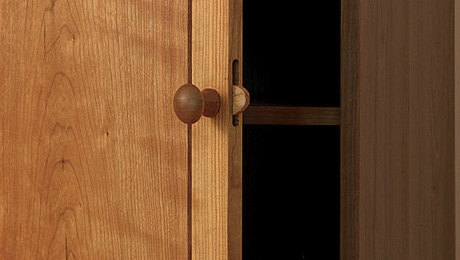
Keep Your Doors Closed
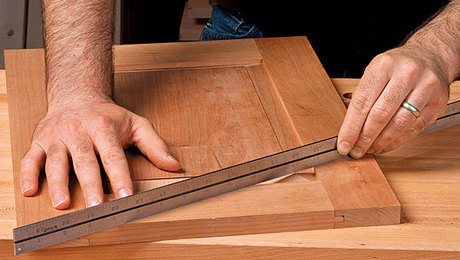
How to Avoid Twisted Doors
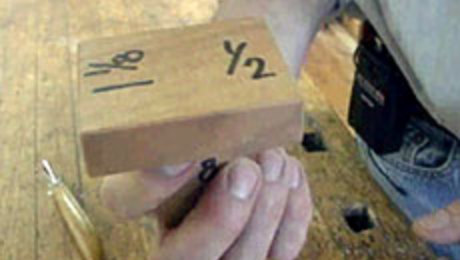
Spacers for a Workbench Vise
Sign up for eletters today and get the latest techniques and how-to from Fine Woodworking, plus special offers.
Download FREE PDF
when you enter your email address below.

